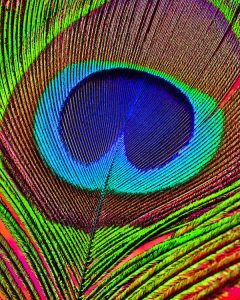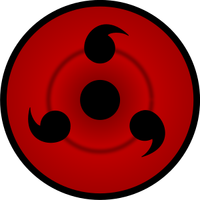This video helps showcase the fabric keyboard.
One project that I thought was extremely interesting is “FabricKeyboard.” I believe that it is a good example of a design that works with both sound and coding. In addition, there is a twist because this design is made out of stretchable fabric that works as a musical instrument. This device was created by the Responsive Environments Team at the MIT Media Lab.
I thought it was a fun and cool device as it is able to use stretchable fabric “sensate media” as an instrument. They were able to create this device by using textile sensors, stretchable fabrics and digital music instruments.
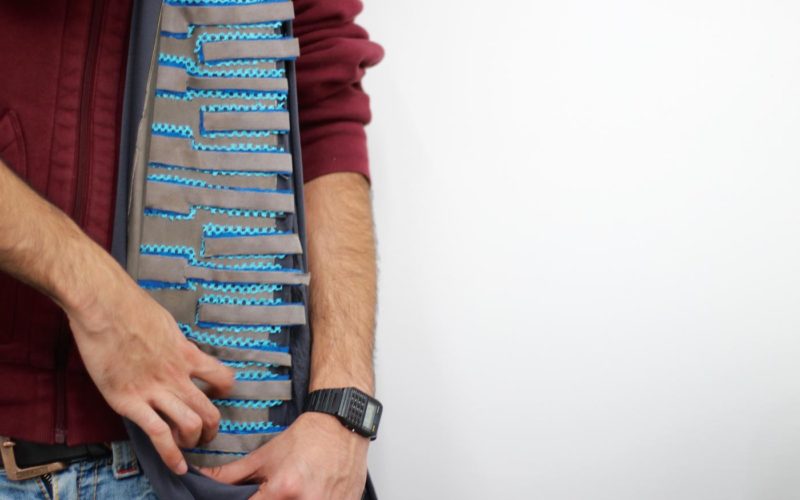
In order to create this design, the team had to research textile sensors and integrations of system-on-textile to better understand how to compute sound with it. To make the fabric give off an instrument vibe, they sewed multi-layer fabric sensors in a keyboard pattern. The fabrics used were knit fabrics, conductive fabrics, piezo-resistive fabrics. All the fabrics were sewn with conductive thread. The design uses MIDI and OSC. MIDI was used to plug in to audio workstations while OSC allows for wireless.
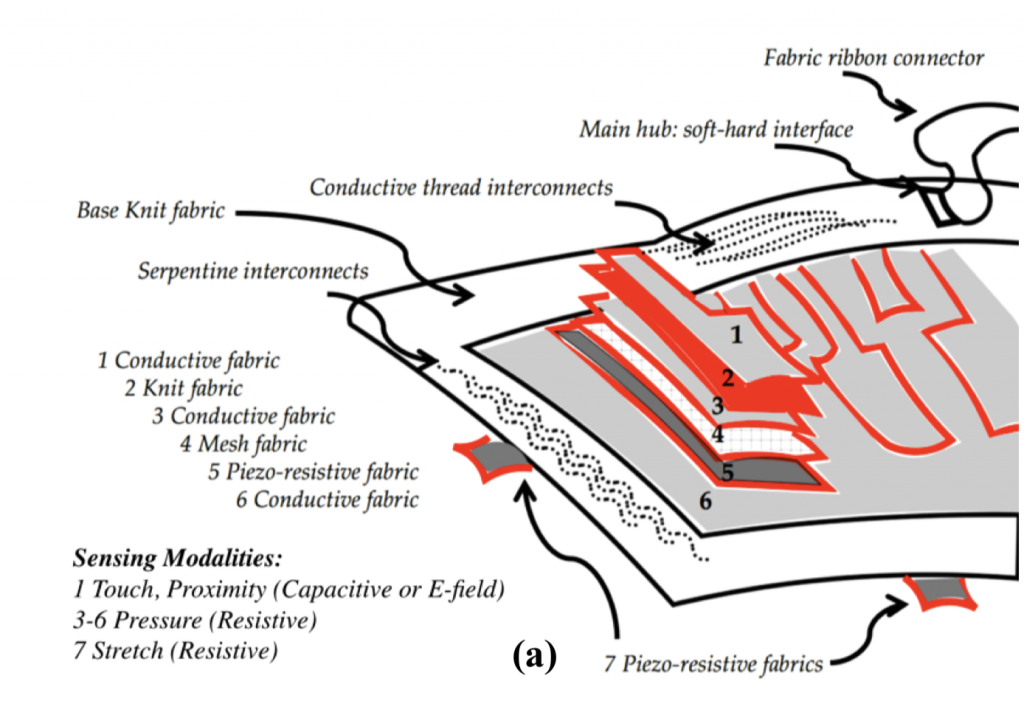
I thought that this project was interesting because you are able to manipulate your feeling sense and hearing sense with fabric. I believe that it was a good idea to reference a key board, because pianos are extremely well known. If they used a different design that is not similar to an actual instrument that most people know, it will be harder for the user to understand how to use because they have never seen anything like that. In addition, this product can be used by young children to start learning about instruments, because it seems like every year, the number of children being able to play an instrument depletes every year.
I am unsure of how the product was algorithmically created. But, I think that they used certain hardwares which connect to a computer. Once someone pressed or stretches the fabric, it sends a message to the computer which allows the code to function by making a sound when it is triggered.
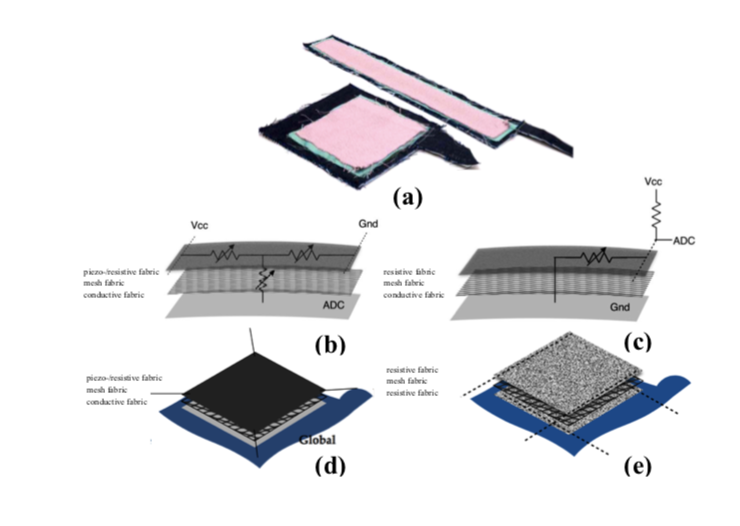
Overall, I think this project is extremely complicated and cool and would like to be able to better understand how it was produced once I have a better understanding of how to code. I think that if I truly understand how this project works, I would need to research different types of fabric and how they work with hardware.
![[OLD FALL 2019] 15-104 • Introduction to Computing for Creative Practice](../../../../wp-content/uploads/2020/08/stop-banner.png)
